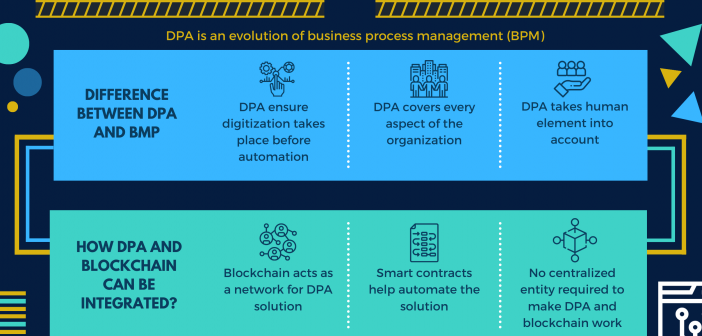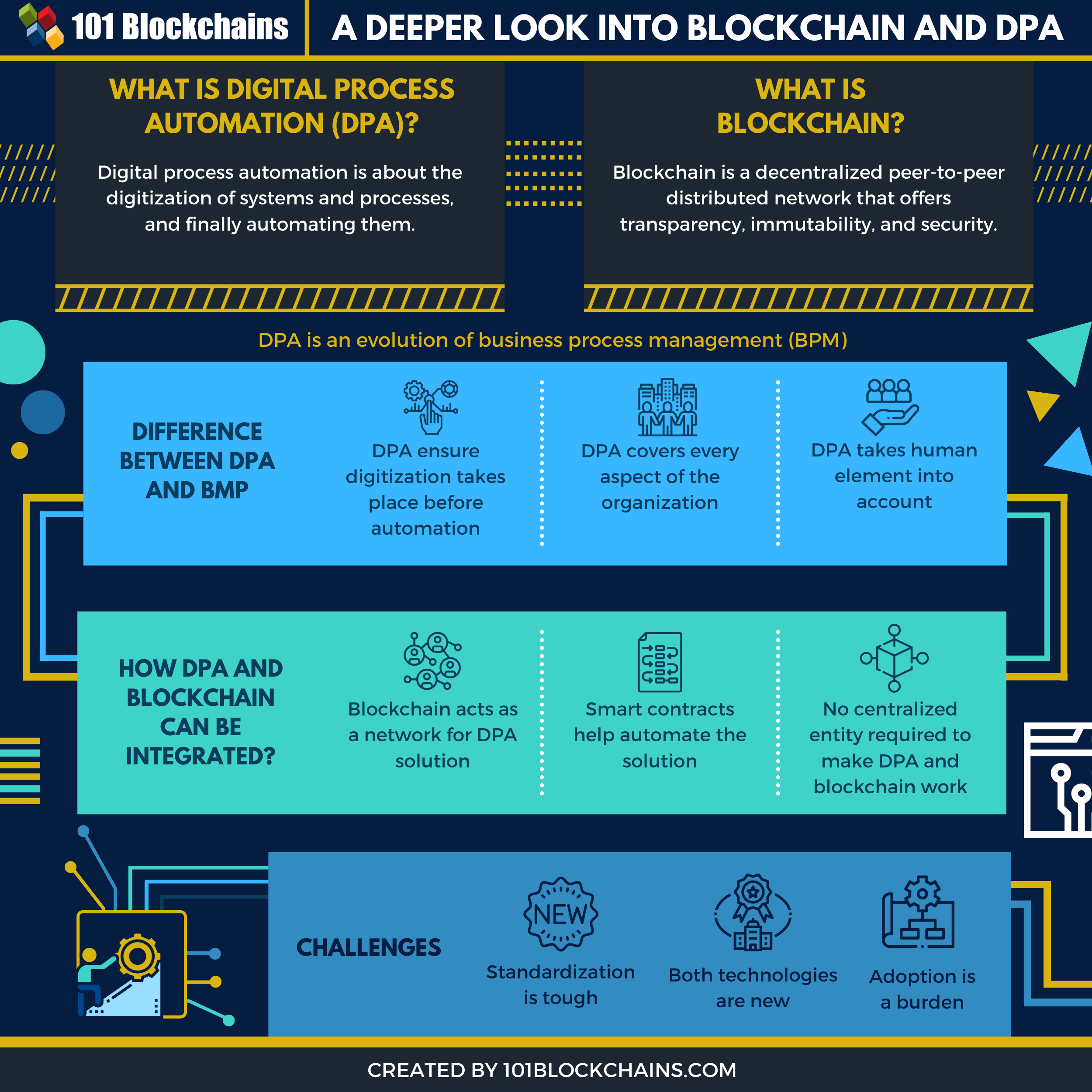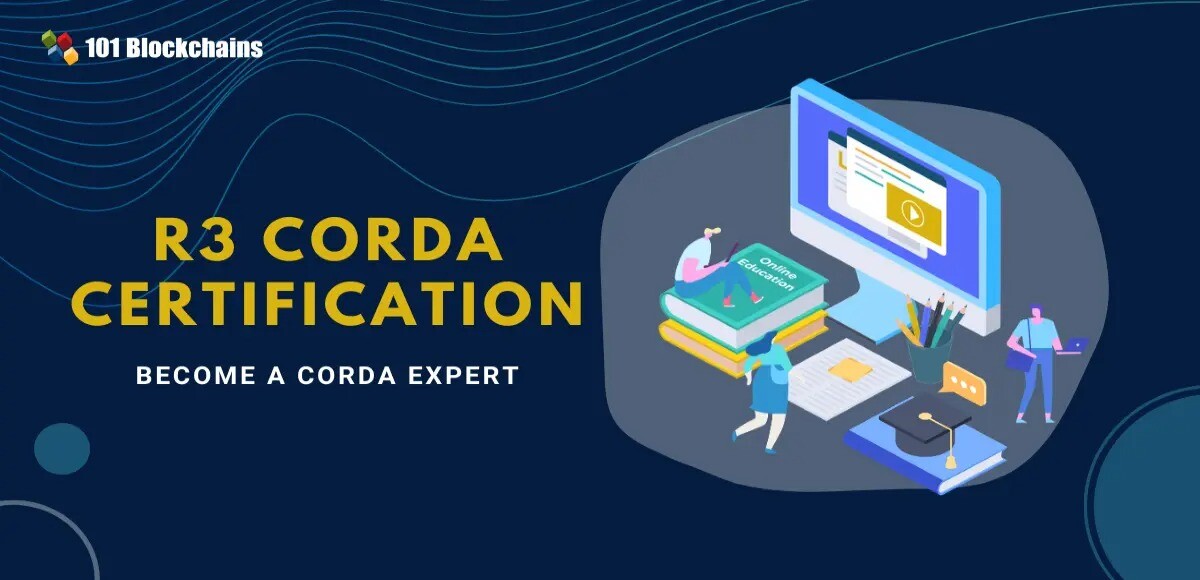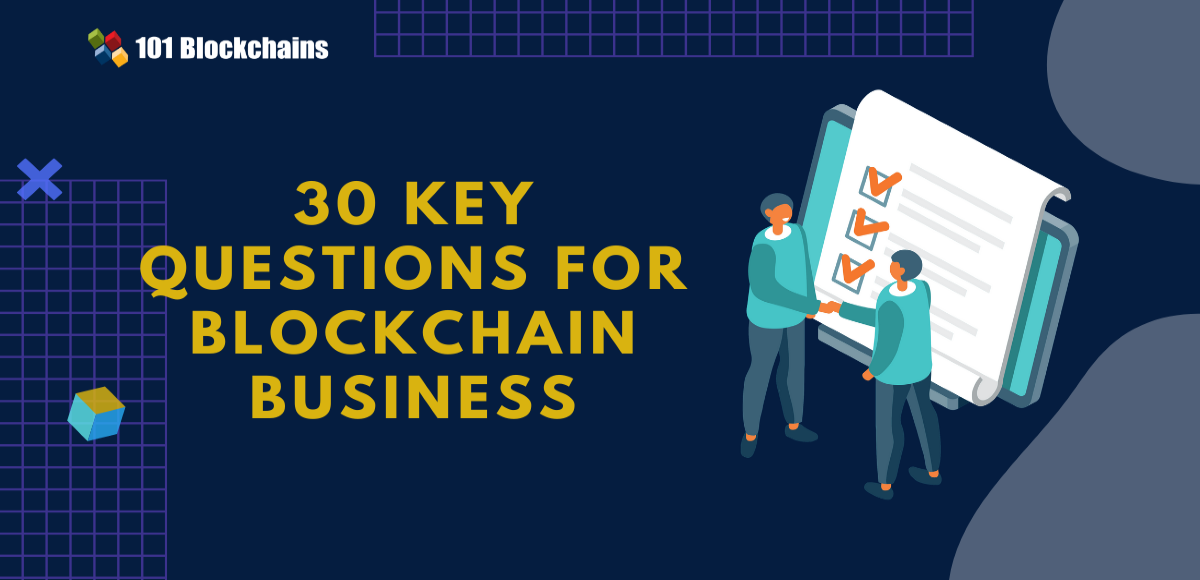Learn how blockchain truly works, master key definitions, and uncover what makes smart contracts so "smart." Dive into the fundamentals, gain valuable insights, and start your blockchain journey today!

- Opinions
101 Blockchains
- on February 12, 2020
DPA and Blockchain: How Blockchain Impacts Digital Process Automation
Can digital process automation(DPA) and blockchain work together? If so, how? Let’s explore in our article of DPA and blockchain, where we see how blockchain, an emerging technology, impacts the future of business process automation, i.e., digital process automation.
Blockchain is all about change. It has the means to change everything out there. This also means that it can change and improve digital process automation.
We recently covered our business process management(BPM) and Blockchain article, where we thoroughly discussed the topic and discussed how BPM is going to change by blockchain. We also covered the challenges and opportunities that lie by combining both technologies. Check out the BPM and Blockchain post here.
What is Digital Process Automation(DPA)?
Digital Process Automation(DPA) can be best desired as an evolution of business process management. This means that it is everything that BPM with digitization.
As of BPM, it is desired as the process of creating, managing, and implementing the business process in the most efficient way. Digital process automation is also about optimizing processes, but also ensuring that the focus is not only on “efficiency.” In DPA, the target should be on the team as well as customer satisfaction.
We can better define DPA as following,
Digital process automation is about the digitization of systems and processes. Once they are digitized, the information is automated so that everyone can access and work with the information the way they want. DPA enables every access point in an organization to have prompt access to information.
Difference between DPA and BMP
So, where does DPA differs from BPM? They do differ in the way they are implemented. Let’s look at their differences below.
- DPA makes sure that each process is digitized before it is automated. In the case of BPM/BPA, processes are already assumed to be digitized before automation starts.
- Digital process automation ensures that every aspect of the business is covered within it.
- Lastly, DPA also takes the human element into account.
What is blockchain?
Blockchain is an emerging technology that relies on decentralization. It is a peer-to-peer network where each node holds a copy of the ledger. The transactions in the network are validated using a consensus method. The key features offered by blockchain include transparency, immutability, and security.
The use-cases of blockchain are also very diverse. It can work as the backbone of any currently operational system or platform and add key features such as transparency and immutability.
If you want to read more about blockchain, we recommend checking out Blockchain for Beginners.
How can DPA and Blockchain be integrated?
DPA and blockchain integration is similar to that of BPM and blockchain. Here, the only step that needs to be taken care of before carrying out the integration is process digitization. This means digitizing every aspect of the business process.
DPA is currently an inter-organizational solution. It is very hard to create an intra-organizational DPA solution due to the lack of trust among parties. Information shared between the entities are not safe from modification. With blockchain, all of these are going to change as blockchain offers a secure, transparent, and immutable network for DPA to work effectively.
In practice, it is important to implement blockchain in steps rather than go all out. As DPA is more human-focused, care should be taken in each step to make sure that the deployment is done with a well-thought process.
Business process management use-cases also apply to that of digital process automation. It brings a more synergized approach.
Also, there is no requirement to re-structure for DPA blockchain to work together. There might be some need for training the users on how to use the platform, but other than that, there is not much to change. However, blockchain implementation and integration can take time, effort, and money.
Another big change that we will see is the centralized entity removal. As blockchain is decentralized, there is no need for the central authority to stay. It also removes the role of third-party vendors who rely on a centralized approach. Even when organizations require a third-party DPA solution, they can always opt for a decentralized approach and make sure that there is no possibility of data lock-down by the service provider. The decentralized approach also means that there is no central point of failure.
Lastly, smart contracts will help automate the system processes better. Smart contracts are legal documents in code. The organizations can set up smart contracts to automate the sharing of information or any other assets among the nodes. Smart contracts, if done right, can improve the system’s efficiency by still keeping the human element into play.
One of the best use-cases is the PEGA DPA integration with blockchain. They are doing it for improving warranty value chains that solve multiple warranty pain points, including fraudulent handling, claims processing inefficiencies, exception handling, customer churn, and fleet benefits. You can read more about their DPA and blockchain integration here.
Opportunities and Challenges
Combining technologies has always been a tricky proposition for organizations. They need to make sure that they do it right to take maximum benefit. Currently, both DPA and blockchain are in their infancy. They are new technologies that require time to grow and mature. This makes integration, not an easy path.
Another challenge is standardization. Blockchain is a decentralized technology and hence not easy to standardize. If only one organization is using it, then only rules and standardizations can be achieved. For intra-organization implementation, standardization requires collaboration on almost every front.
Last but not least, the adoption challenge is always a big challenge. Not every organization will try to adopt blockchain even with its benefits.
Conclusion
This leads us to the end of our digital process automation and blockchain article. So, what do you think about both of these technologies and their ability to work together? Comment below and let us know! We are listening.



![Future of Blockchain: Predictions for 2022 [UPDATED] future of blockchain predictions](https://101blockchains.com/wp-content/uploads/2020/12/future-of-blockchain-predictions.png)

